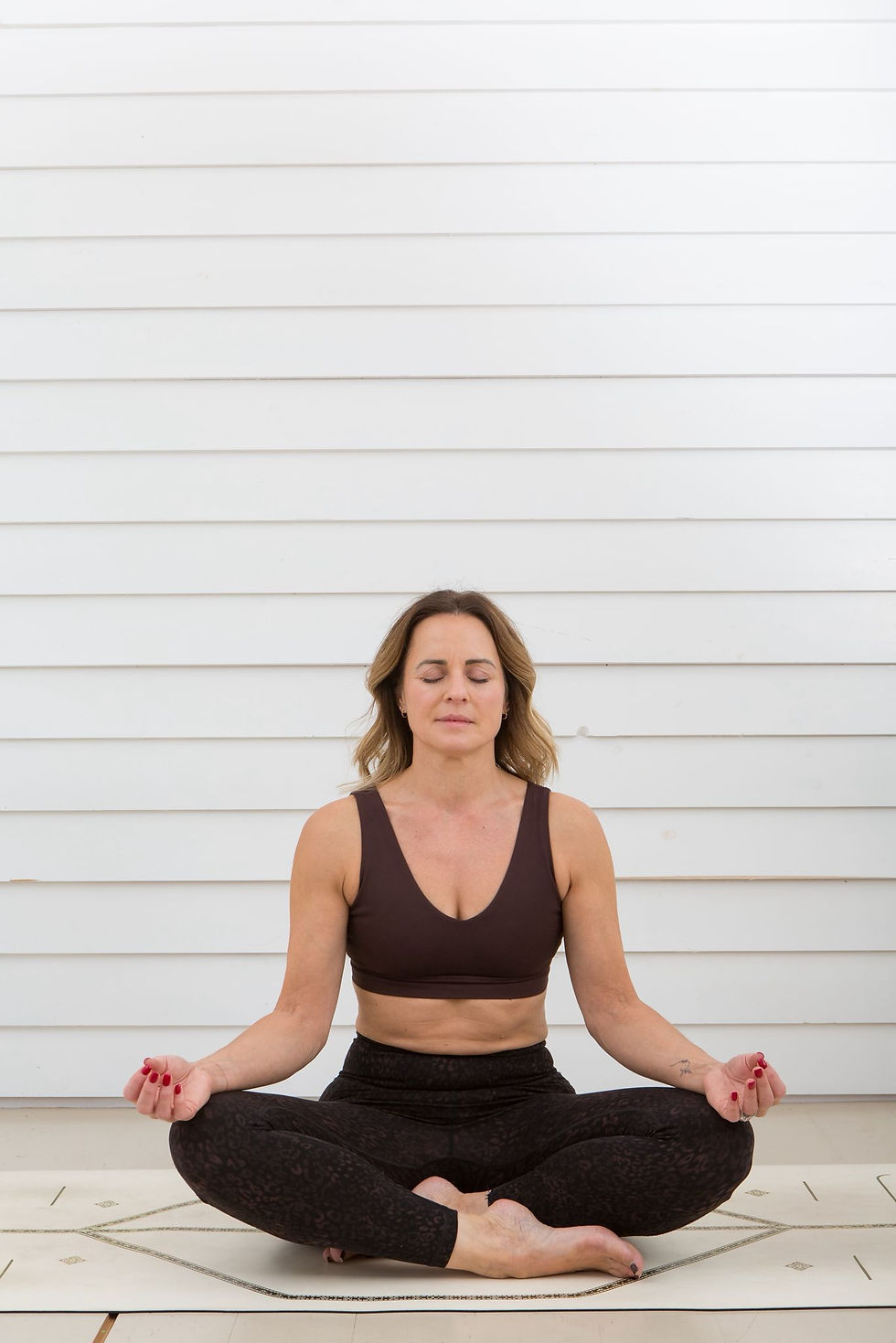Healing from the Inside Out: How Mindset & Nourishment Transformed My Recovery
- Karrie Chapman
- Mar 22
- 3 min read

Life has a funny way of throwing us off balance—sometimes quite literally. A simple misstep off a curb left me with a badly sprained ankle, (two torn ligaments), halting my usual active lifestyle in an instant. No gym, no yoga, no long dog walks. And to top it off, I had to miss out on our family snowboarding holiday—a trip I had been so excited for.
At first, frustration bubbled up. The ‘why me?’ thoughts tried to creep in. But then, I took a step back (metaphorically, of course—because walking properly was off the table). I had a choice: I could dwell on what I couldn’t do, or I could use this as an opportunity to heal in ways that go beyond just my ankle.
The Mindset Shift: Healing Starts in the Mind
We often hear that mindset is everything, but it’s easy to brush off when things are going well. It’s when life throws us curveballs that we truly see the power of our thoughts. I’ve spent years working on my mindset, and this injury was the perfect test. Instead of spiraling into frustration, I leaned into the practices I know make a difference—visualization, breathwork, gratitude, and affirmations.
Science backs this up. Experts like Dr. Tara Swart and Tony Robbins emphasize neuroplasticity—the brain’s ability to rewire itself. The way we think literally shapes our healing. Studies show that positive mindset practices can speed up recovery, lower stress, and reduce pain perception.
So, I committed to seeing this time as a chance to slow down, reset, and nurture my body in ways I might have overlooked before.
Nourishment: The Gut-Brain Axis in Healing
While mindset is crucial, what we put into our bodies plays a massive role in recovery—both physically and mentally. The gut-brain axis is a powerful connection; our gut health directly impacts our mood, energy levels, and even our ability to manage pain.
During this recovery, I doubled down on:
Whole, nutrient-dense foods: Lots of anti-inflammatory goodness like turmeric, ginger, leafy greens, and fibrous foods.
Hydration & herbal support: Plenty of water, herbal teas, and bone broth for extra nourishment.
Supplements to support healing: omega 3's, polyphenols, magnesium, vitamin D, collagen, and vitamin C to aid tissue repair and reduce inflammation.
Fueling my body properly didn’t just help with physical healing—it made the mental shift easier too. When your body is nourished, your mind follows.
The Power of Recovery Rituals
Beyond nutrition and mindset, I incorporated daily rituals to accelerate healing:
Ice baths & infrared saunas – a powerhouse combo for reducing inflammation and improving circulation.
Gentle movement & physio exercises – staying mobile within my limits to aid recovery.
Journaling & meditation – processing my emotions and reinforcing positive beliefs about my healing journey.
Healing is Growth in Disguise
Would I have chosen to sprain my ankle? Absolutely not. But has this experience given me a deeper appreciation for my body, resilience, and ability to adapt? 100% yes.
Setbacks—whether physical injuries, emotional struggles, or life challenges—are not here to stop us. They are invitations to slow down, reassess, and come back even stronger. Healing is never just about the body; it’s about the mind, the spirit, and the way we show up for ourselves.
So if you’re going through your own ‘curveball’ moment, know this: you have more power over your healing than you think. With the right mindset, nourishment, and self-care, you can turn even the toughest challenges into opportunities for growth.
Let’s heal, thrive, and grow together.
I’d love to hear—how have you navigated setbacks in your life? What helped you the most? Let’s chat in the comments or over on Instagram @karriechapmancoaching! 💛





Comments